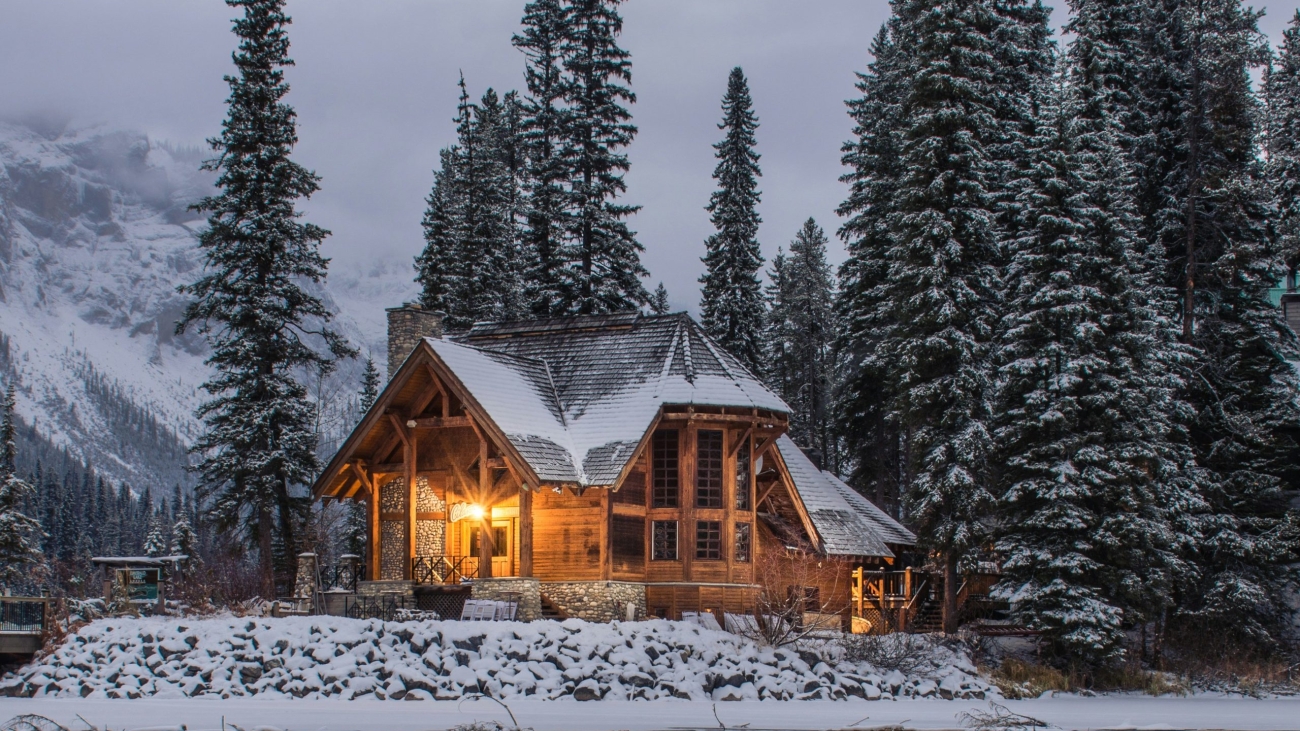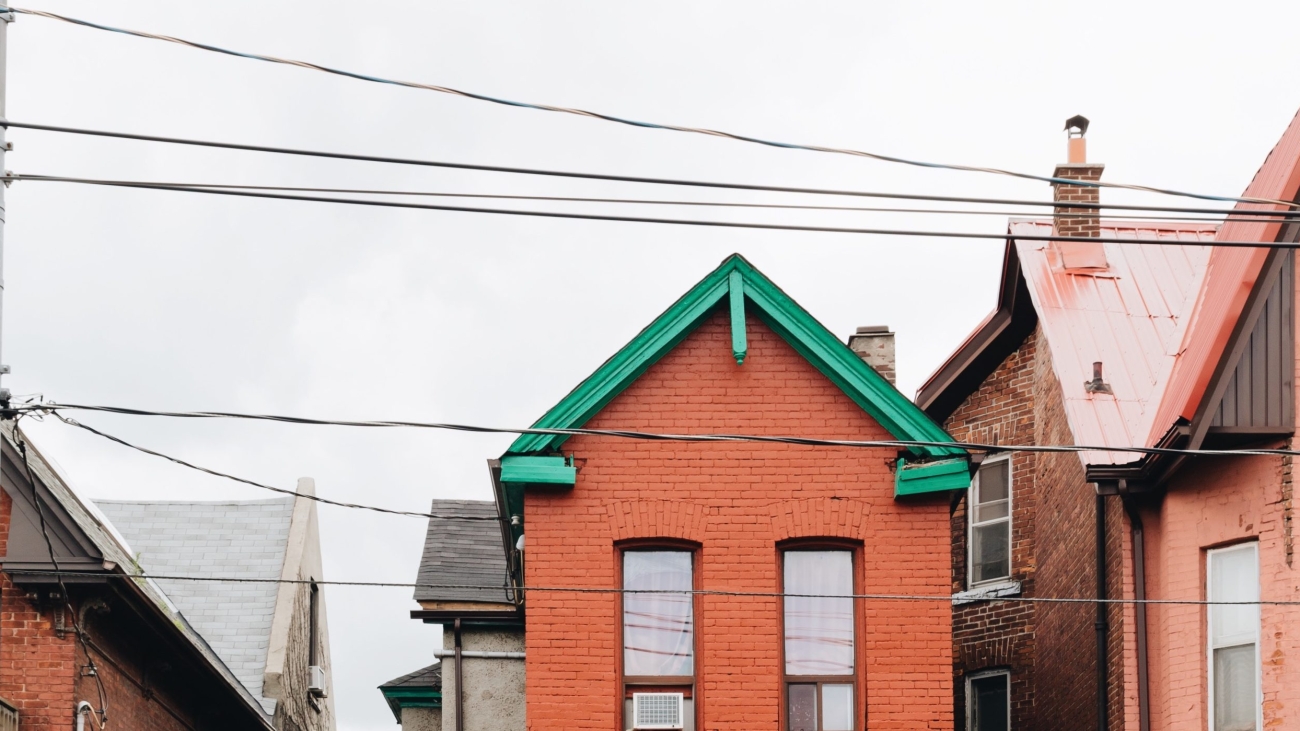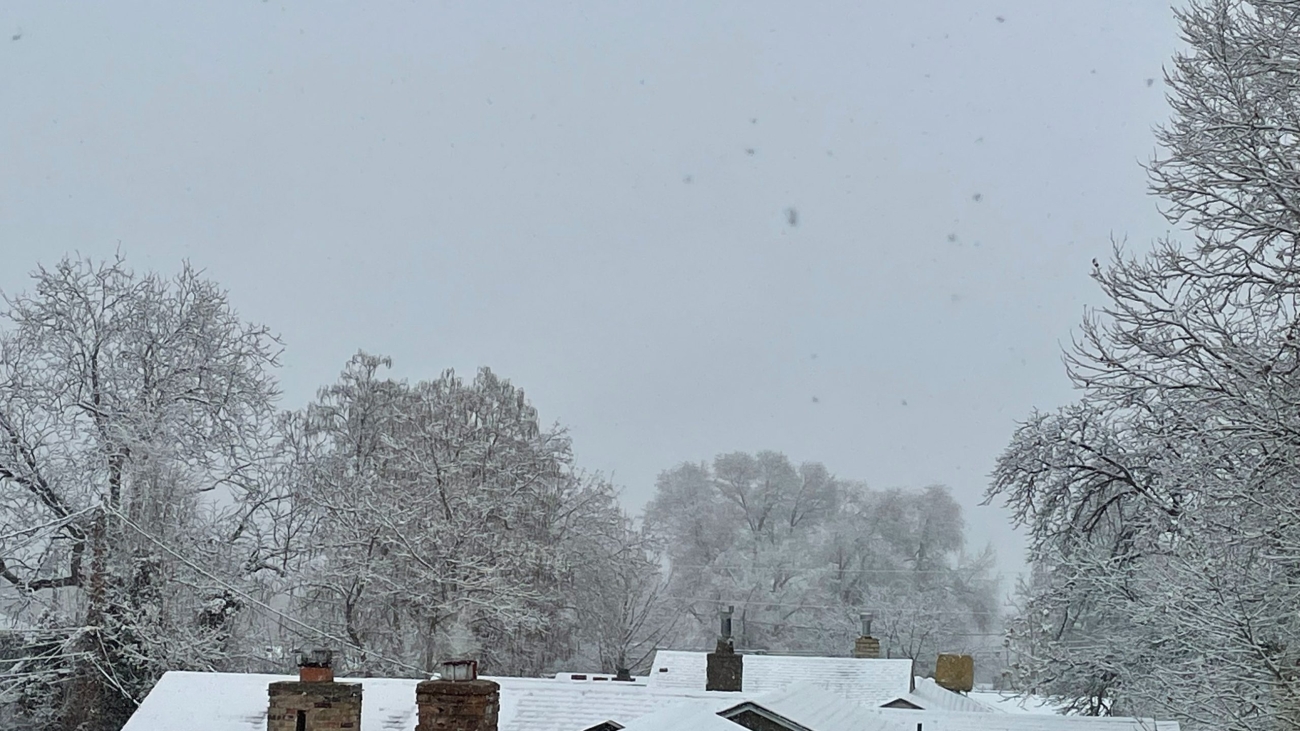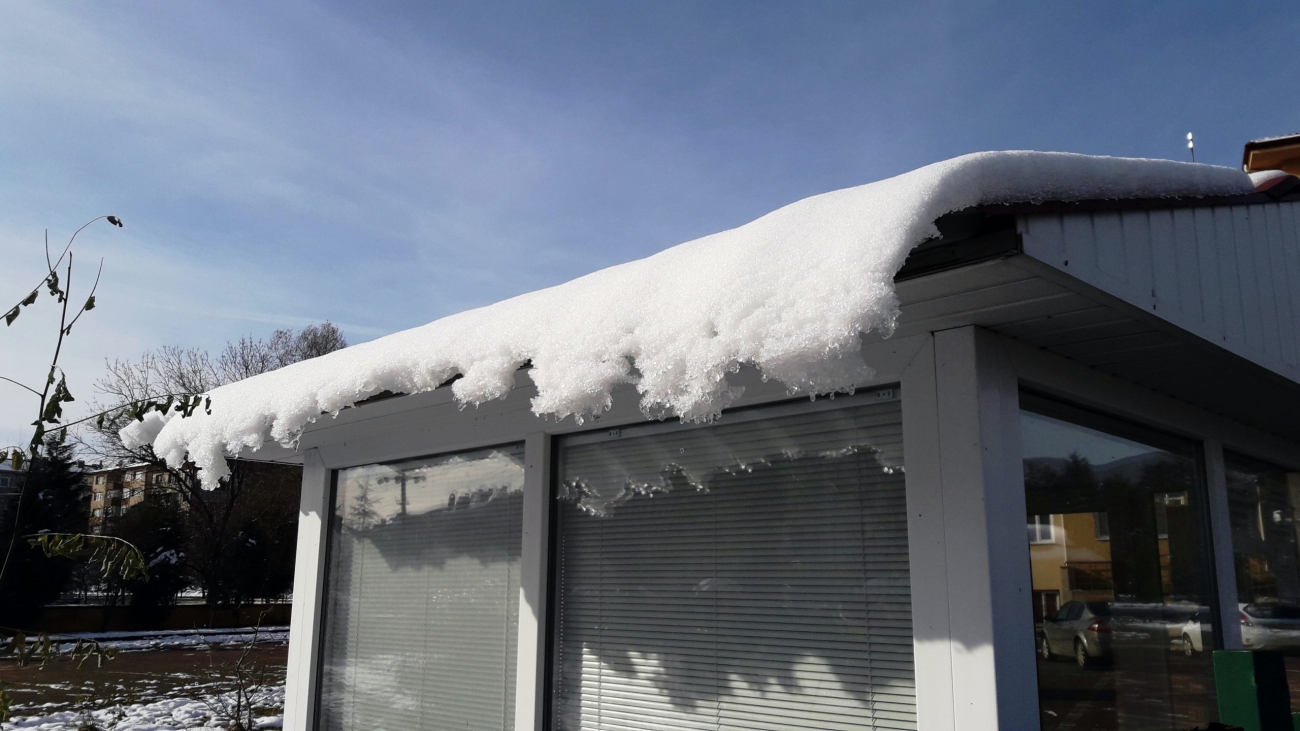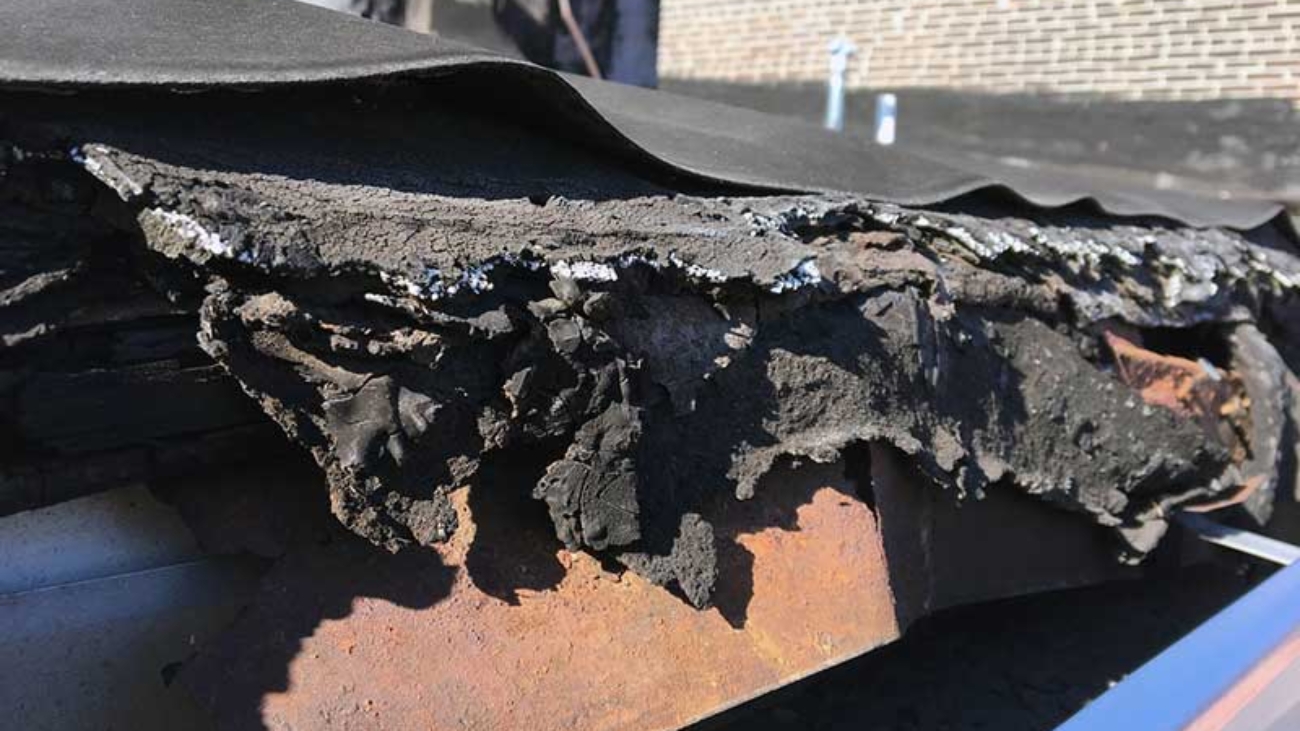Winter Challenges and Roof Maintenance
Introduction:
As winter’s icy grip takes hold, your roof becomes the frontline defender against a barrage of challenges. From heavy snow loads to ice dams and freezing temperatures, the winter season poses unique threats to the integrity of your roof. In this comprehensive guide, we’ll explore the specific challenges winter brings and outline proactive roof maintenance solutions to ensure your home or business remains protected during the colder months.
Understanding Winter Challenges:
Winter brings a host of challenges that can compromise the health of your roof. Being aware of these issues is the first step in implementing effective preventative measures. Let’s delve into the most common winter challenges:
Heavy Snow Loads:
Accumulating snow can exert tremendous weight on your roof, leading to structural strain and potential damage. In regions with heavy snowfall, this becomes a significant concern, particularly for older or compromised structures.
Proactive Solution: Regularly monitor snow accumulation and consider snow removal services to alleviate excess weight, preventing structural damage and ensuring the continued integrity of your roof.
Ice Dams:
Ice dams form when melting snow refreezes at the roof’s edge, creating a barrier that prevents proper drainage. This can lead to water backing up under the roof covering, causing leaks and potential water damage.
Proactive Solution: Install heat cables along the roof’s edge to facilitate melting and discourage ice dam formation. Additionally, ensure proper attic insulation and ventilation to minimize temperature variations that contribute to ice damming.
Freezing and Thawing Cycles:
Fluctuating temperatures create a cycle of freezing and thawing, which can contribute to the deterioration of roofing materials. This continuous expansion and contraction can weaken the roof’s structure over time.
Proactive Solution: Conduct a pre-winter roof inspection to identify and address any existing damage. Ensure that your roofing materials are in good condition to withstand the rigors of freezing and thawing cycles throughout the winter.
Condensation:
Cold temperatures outside and warm air inside can lead to condensation within the attic space. Excessive condensation can result in mold growth, wood rot, and insulation damage.
Proactive Solution: Improve attic ventilation to maintain consistent temperatures and reduce the potential for condensation. Adequate ventilation helps regulate humidity levels within the attic, preventing moisture-related issues.
Proactive Roof Maintenance Solutions for Winter:
Snow Removal:
Regularly removing accumulated snow from your roof is crucial, especially after heavy snowfall. Use a snow rake or hire professionals to safely clear excess snow, preventing the risk of structural strain.
Ice Dam Prevention:
Install ice and water shield membranes along the roof’s edge to prevent water infiltration. Adequate attic insulation and ventilation are also key in maintaining uniform temperatures to discourage ice dam formation.
Roof Inspections:
Schedule a professional roof inspection before winter sets in. Experts can identify weak points, potential leaks, and areas susceptible to ice dams, allowing for timely repairs and reinforcement.
Gutter Maintenance:
Ensure gutters and downspouts are clear of debris to facilitate proper water drainage. Clogged gutters can contribute to ice dam formation and compromise the effectiveness of the entire drainage system.
Attic Ventilation:
Proper attic ventilation is crucial in minimizing condensation. Ensure that vents are unobstructed, allowing for the free flow of air to regulate temperatures and prevent moisture buildup.
Roof Material Inspection:
Examine your roofing materials for signs of wear, damage, or missing components. Replace any damaged shingles, flashing, or seals to maintain the roof’s integrity and prevent leaks.
Sealant Application:
Apply roof sealants around penetrations, such as vents and chimneys, to prevent water infiltration. Check existing seals for signs of wear and reapply as needed.
Insulation Upgrades:
Enhance attic insulation to maintain consistent temperatures and reduce the risk of ice dam formation. Proper insulation not only conserves energy but also protects the structural components of your roof.
Conclusion:
As winter descends, proactive roof maintenance becomes a shield against the seasonal challenges that can compromise your home or business. By understanding the specific threats posed by heavy snow loads, ice dams, freezing and thawing cycles, and condensation, you can implement targeted solutions to fortify your roof.
From regular snow removal and gutter maintenance to professional inspections and attic ventilation improvements, a comprehensive approach to winter roof care ensures your structure remains resilient in the face of winter’s harsh conditions. Embrace these proactive measures, and let your roof stand strong, weathering the chill with confidence and durability. Questions? Call the experts at Cambie Roofing today.

